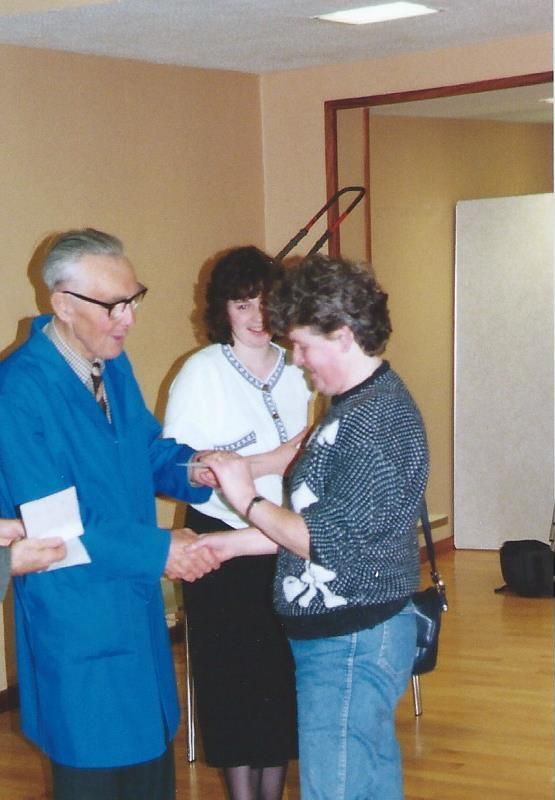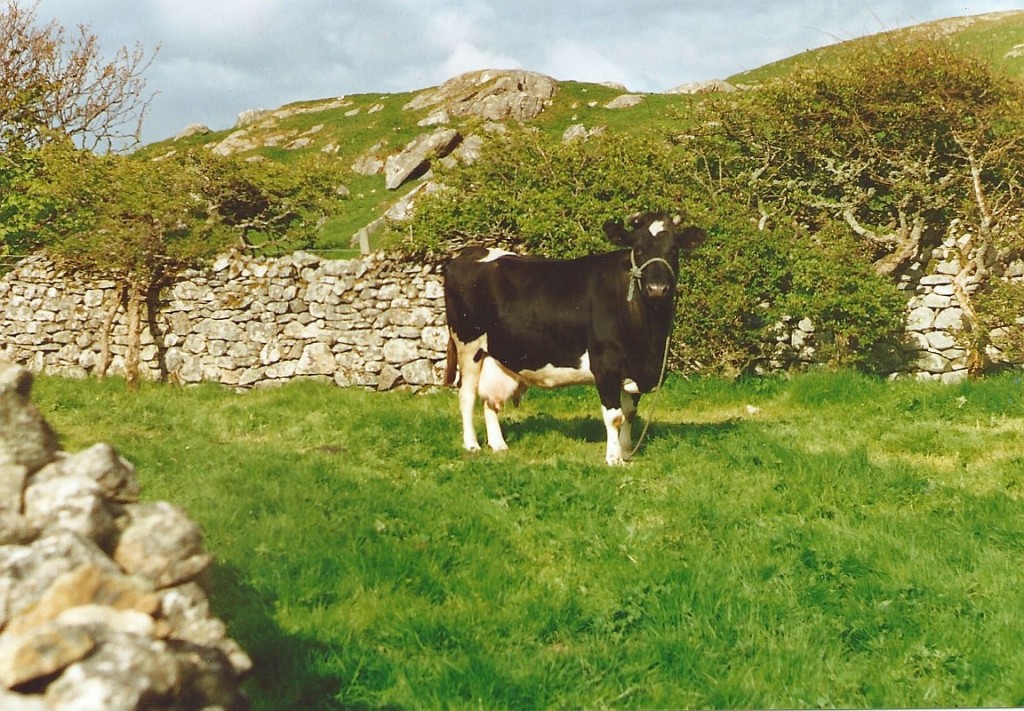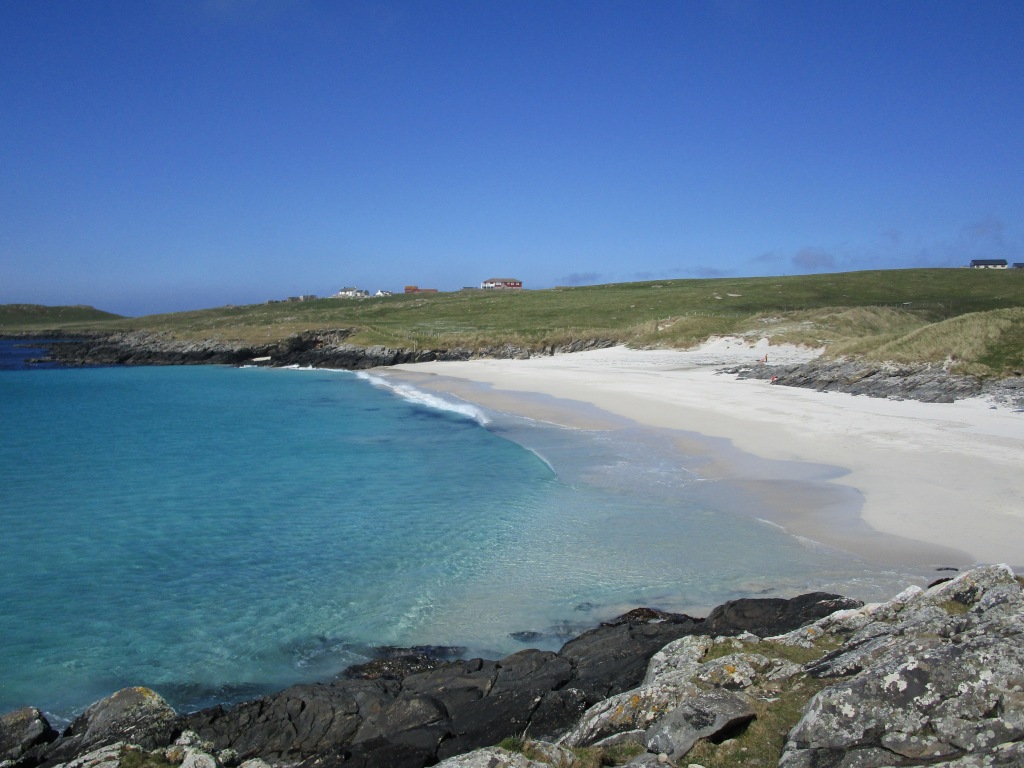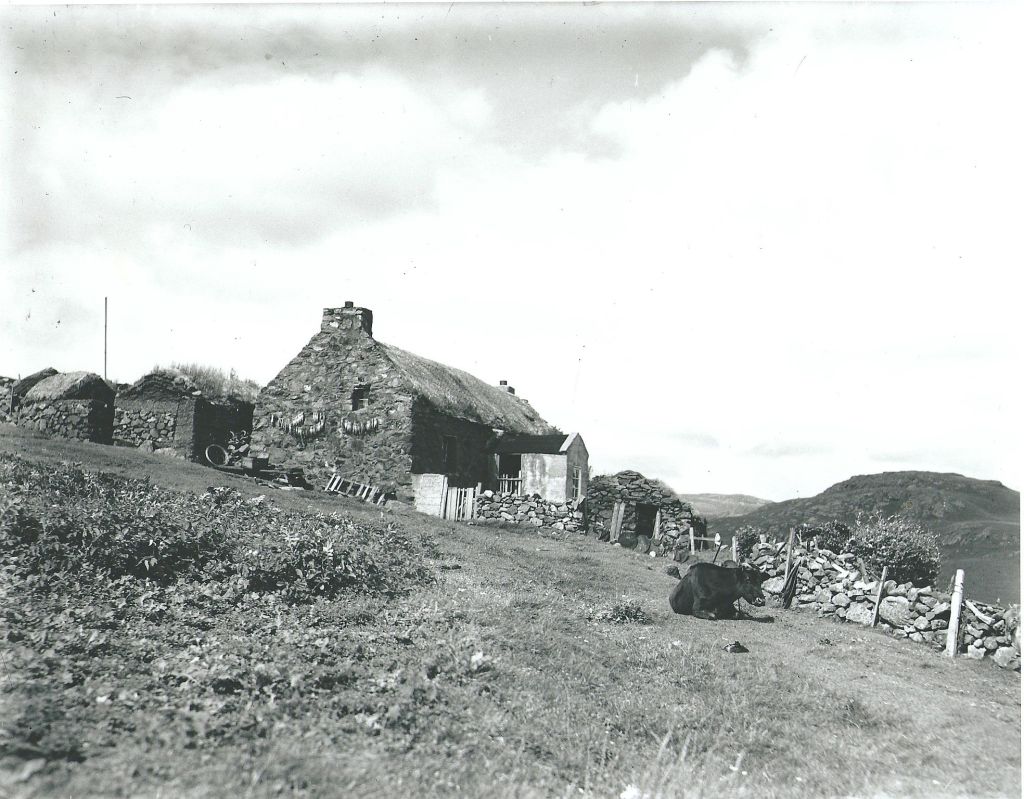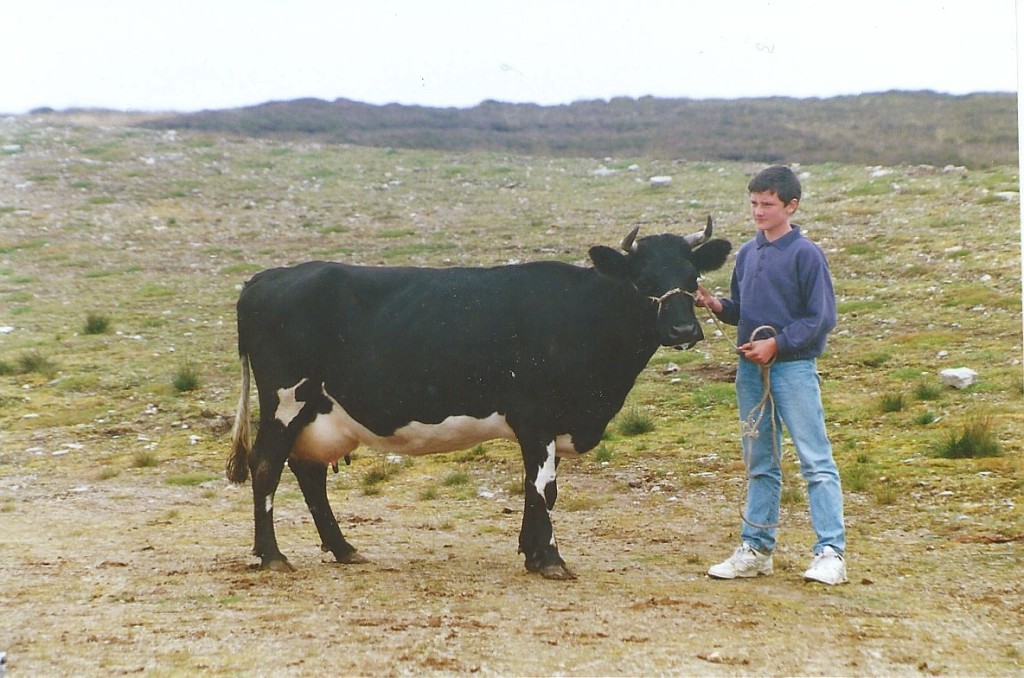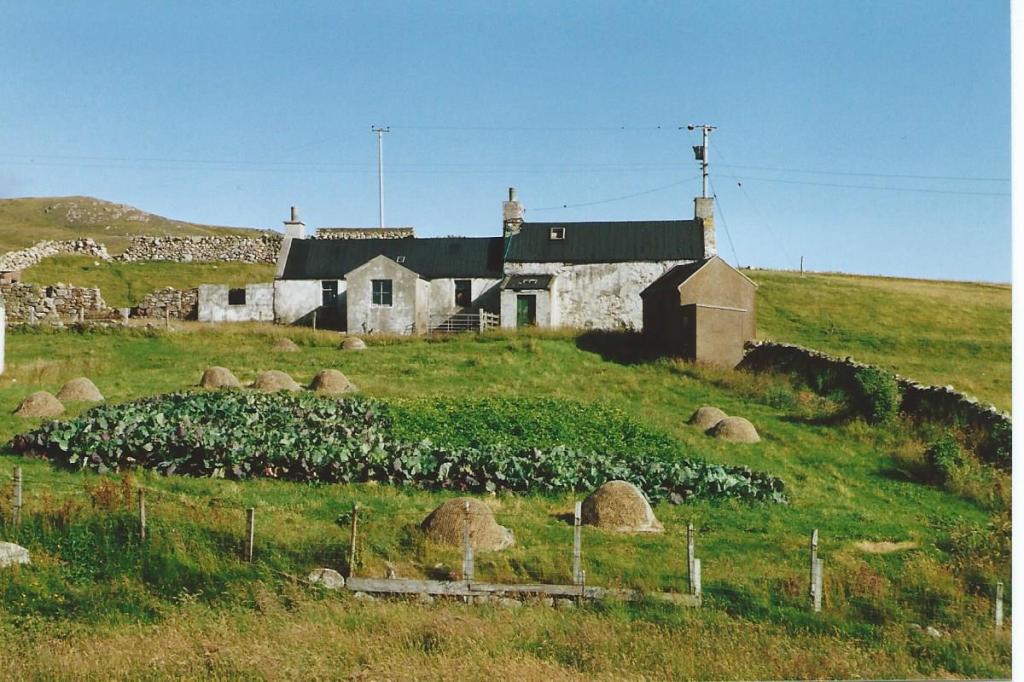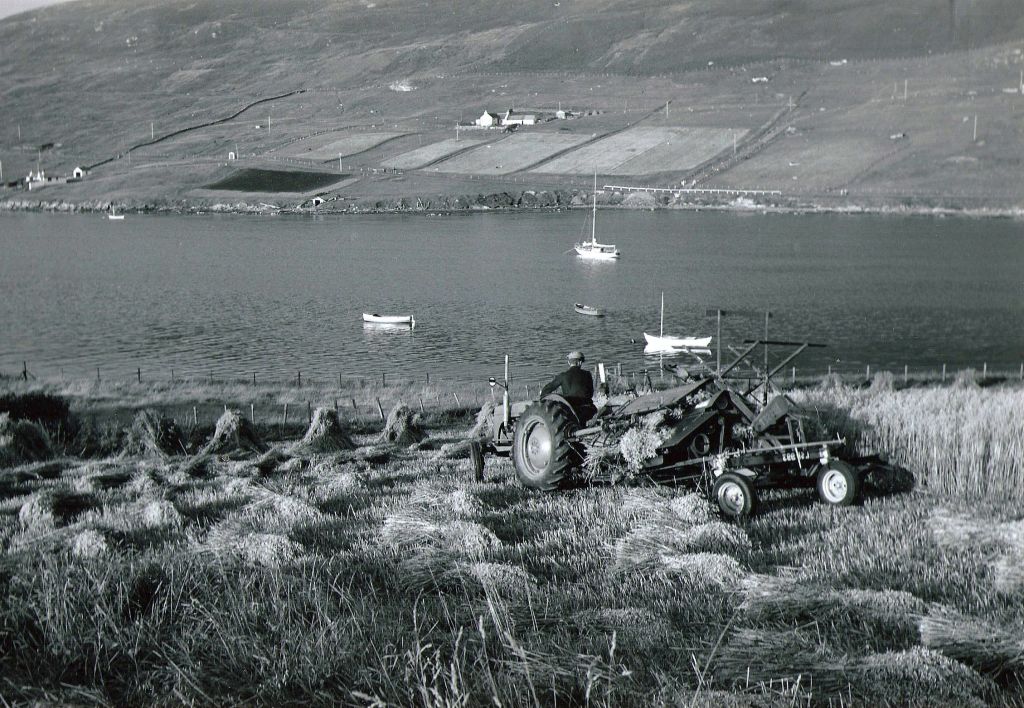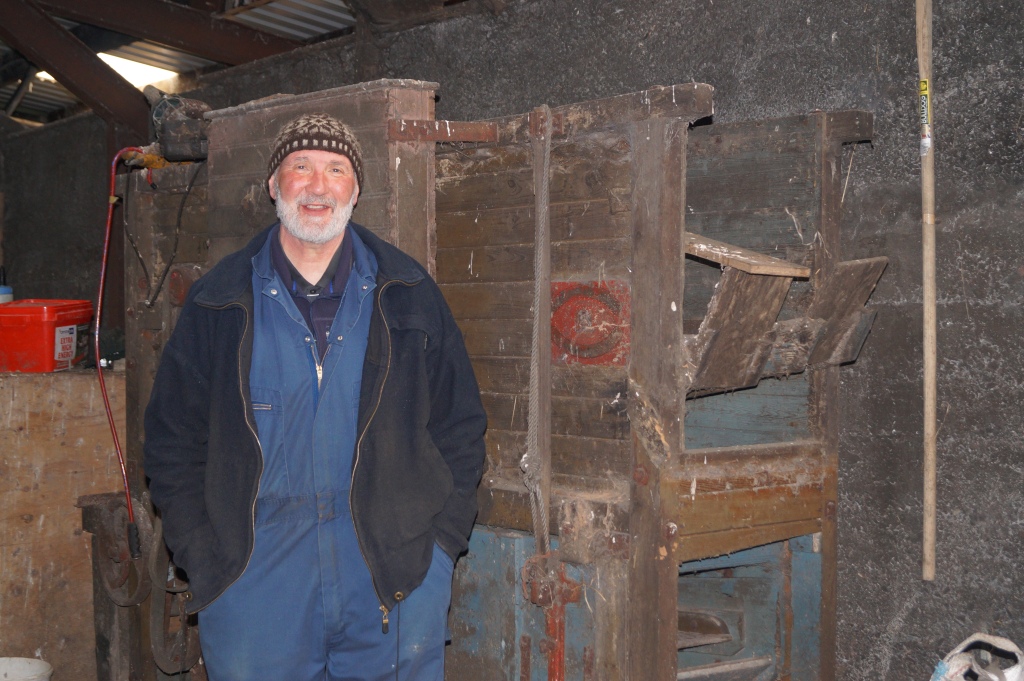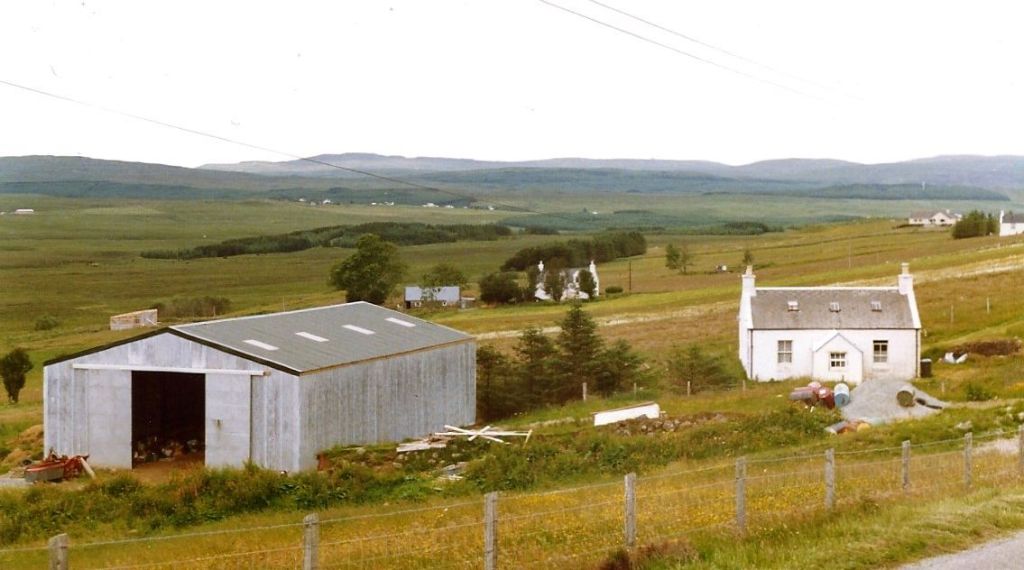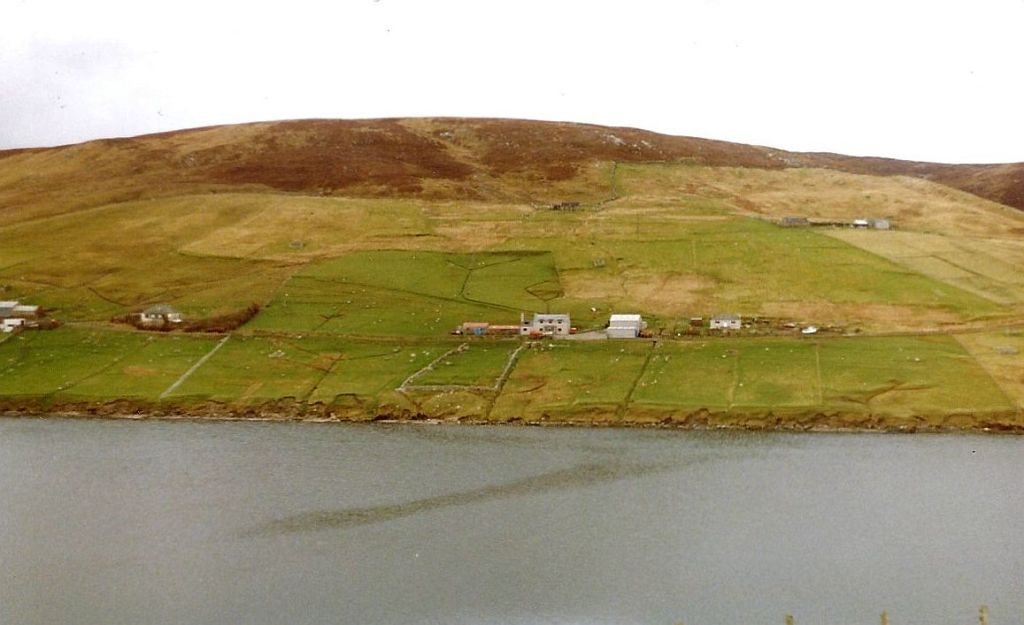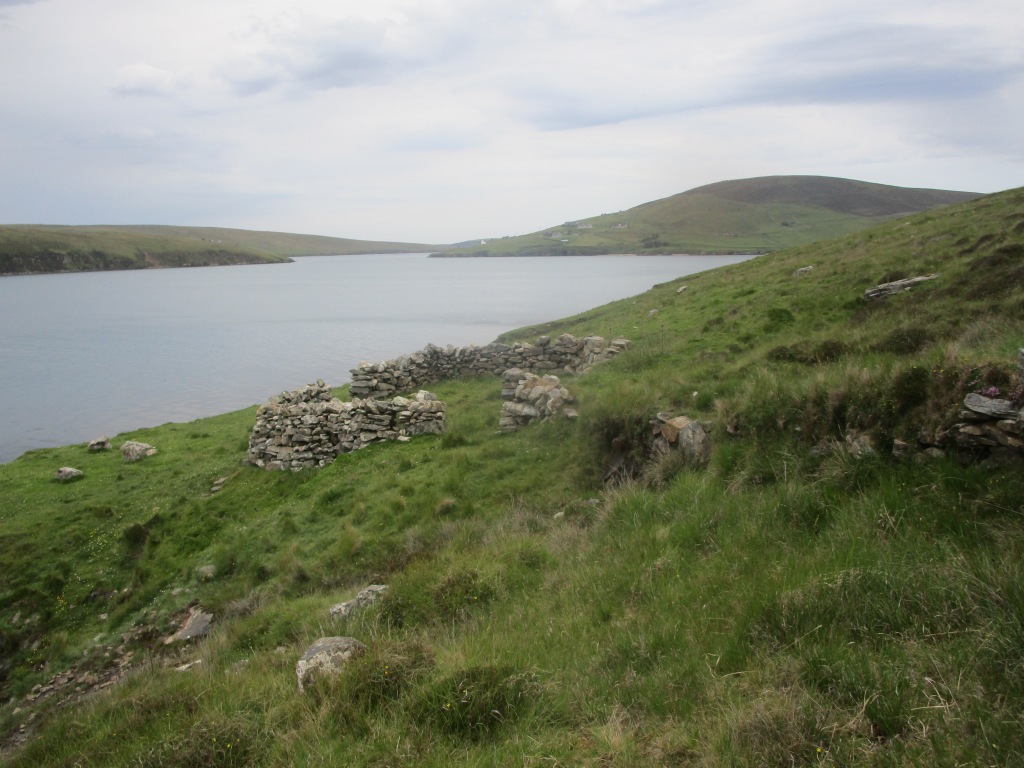When tasked by our employer at Curtis Wool Direct in mid- September 2010 to set up a Shetland Wool Week in Shetland I first contacted the Shetland Flock Book society a fairly obvious starting point for creating a local Wool Week as they were a community of crofters and farmers founded in 1927 their aim was to safeguard the future of Shetland sheep and their fine wool from the mass amount of imitation Shetland fibre which is to be found both near and far and passed off as the real thing. I had been judging their wool on the hoof section of the Annual Shetland Flock Book Society since 1995 the perfect stage to hold such a prestigious event.
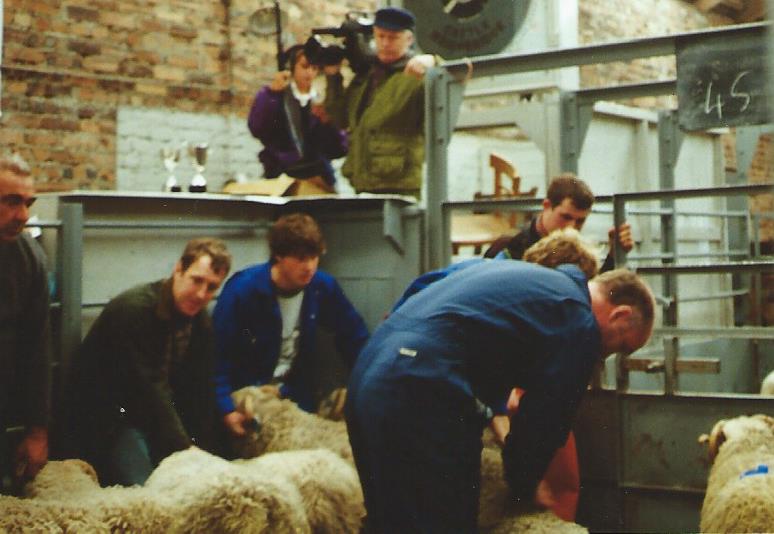

Last year’s Silver Shears competition 2023 run by the Shetland Flock Book and sponsored by Vispring held at the Shetland Auction marts in the middle of Shetland Wool Week was well attended by visitors interested in Shetland sheep and wool. Thankfully there were 3 representatives from the flock book who could help me out and also answer questions on Shetland sheep especially as they were all crofters.
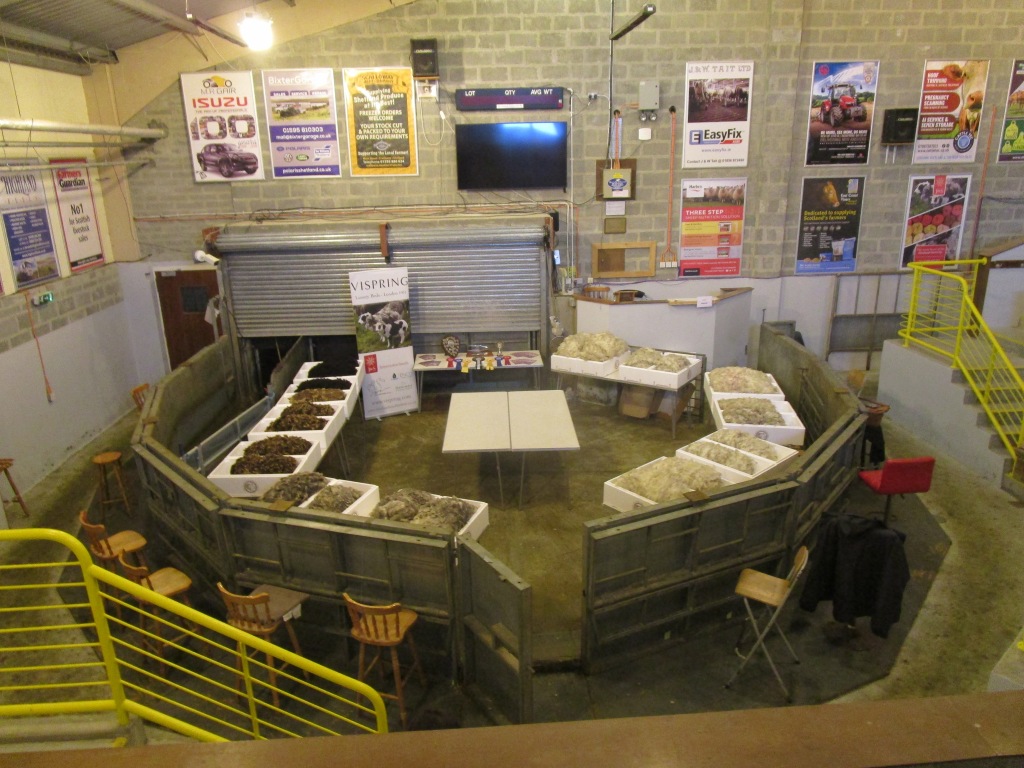
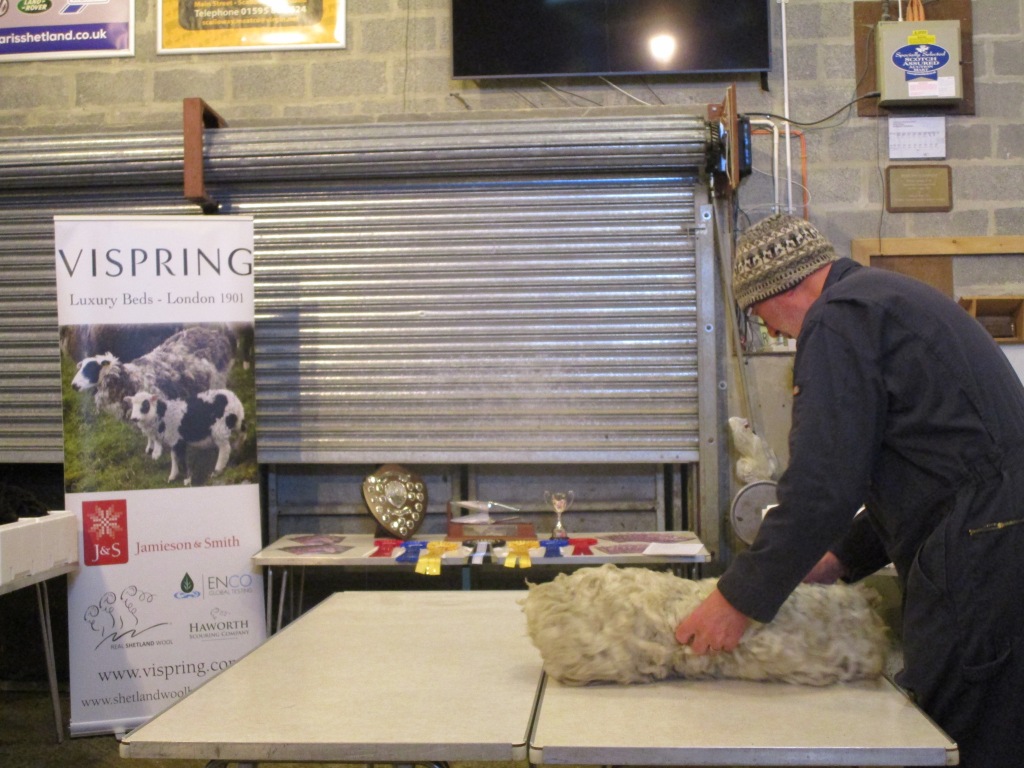
I was asked lots of questions on wool handling and also colours and markings and in particular blue grey fleece, my reply was that I was not aware of such a colour but it could be a darkish grey. This question brought to mind my the records of P.B.A. Hunter fondly known locally as “ Benji”. I was most fortunate to have been given his records and have featured blogs in the past regarding his shipment of Shetland sheep to Canada also what he looked for in sheep. It is interesting to note reading through his correspondence on “Blue Grey “sheep.

Benji first mentions Blue/Grey sheep in his first contact with Michael M Rosenberg of Ash farm Iddelsleigh, Devon in October 1975, this intrigued me and so I started looking back through his records to see if there was any other reference on the subject. On the 13th December 1979 in reply to C.R.Harris I have today received your letter of 6th December requesting some Shetland ewes, it is a bit too late in the year. First to clear up the colours you describe “ Blue” there is no such native colour described as “ Blue” but a nice shade of dark grey is often described as Blue Grey these sheep are becoming very scarce”
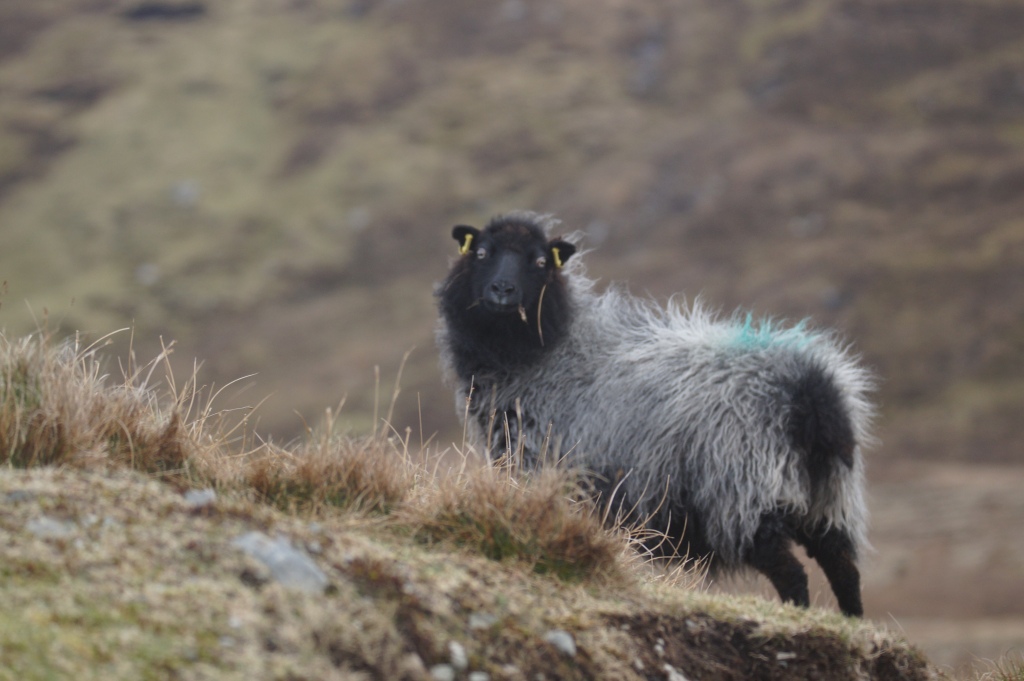
“ Benji “ reply to Chambers 24/10/1980 on blue/grey sheep : * In theory a black ram to white ewes should and ( could ) produce blue / greys with fine wool they are indeed very scarce and as I explained grey sheep are bred true to colour but not all have good quality wool. I did obtain a first shear Black ram with a heavy fleece of fair quality wool I have selected four young white ewes with good quality wool which put to the Black ram should in theory breed good heavy quality wool suitable for hand-spinning*.
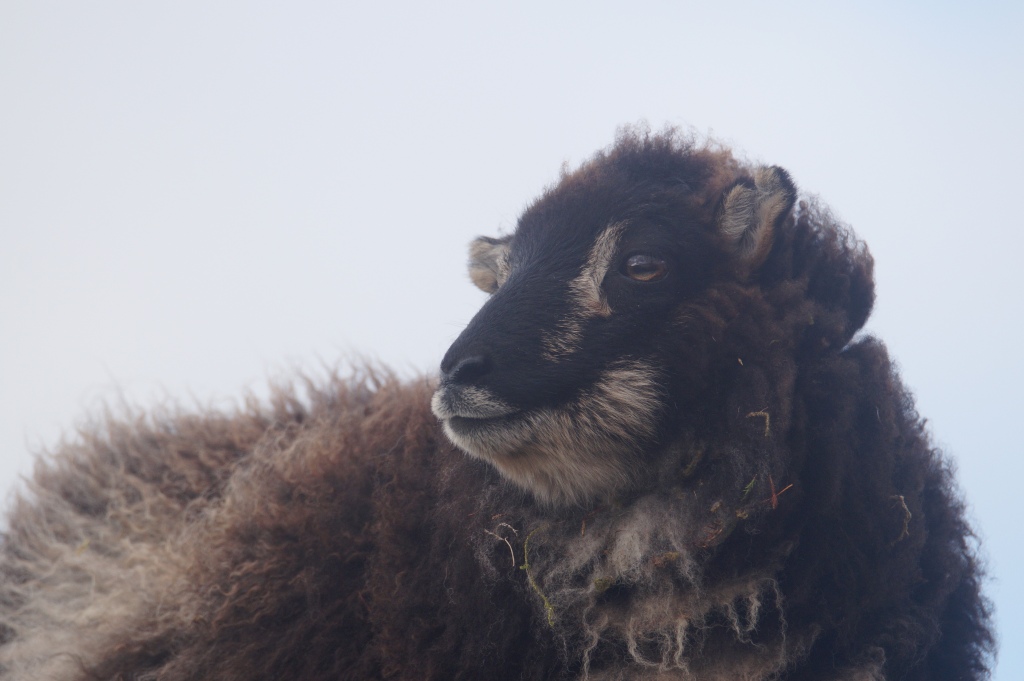
24th October to Chambers- “On selecting hill lambs which are very small I found 1 Black ram lamb with good quality wool which I am keeping for next year. Our sheep graze on a very scattered area; we gather together our different flocks there are 9 share- holders in total”.
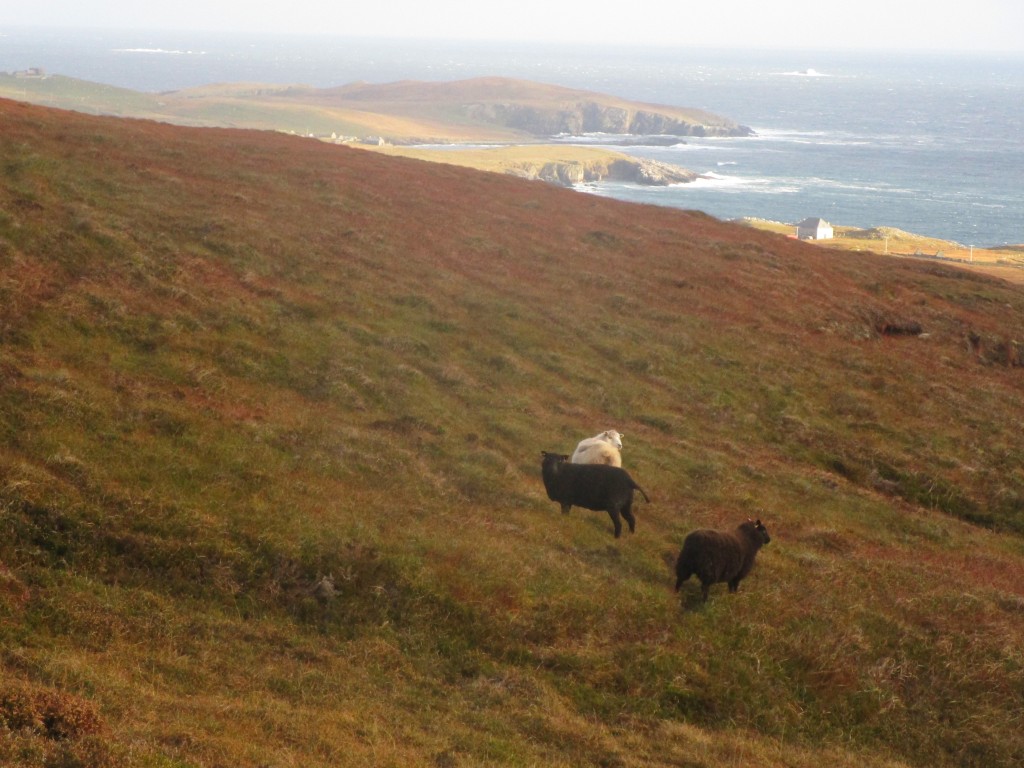
17th November to Chambers “regarding the small black ram lamb this lamb was taken from very rough grazing and put on good grass. I could not believe it was the same ram lamb he had come on by leaps and bounds. He has very good wool and shows all the true Shetland sheep characteristics”.
15/6/81 letter to Benji from Chambers? Timothy the Blue/Grey ram went to 2 Katmogit ewes and the grey ewe from you. Again 100% lambing unfortunately a super ram himself, however his actual fleece has so much kemp in it and it appears that his lambs fleece are similar though this is becoming apparent.
Benji reply —- “Evidence of kemp in the fleece of the Grey ram, Blue/Greys are extremely difficult to come by. It is not so difficult obtaining the shade as getting the right quality of wool similar to good Moorit, Black or even Katmogit”.
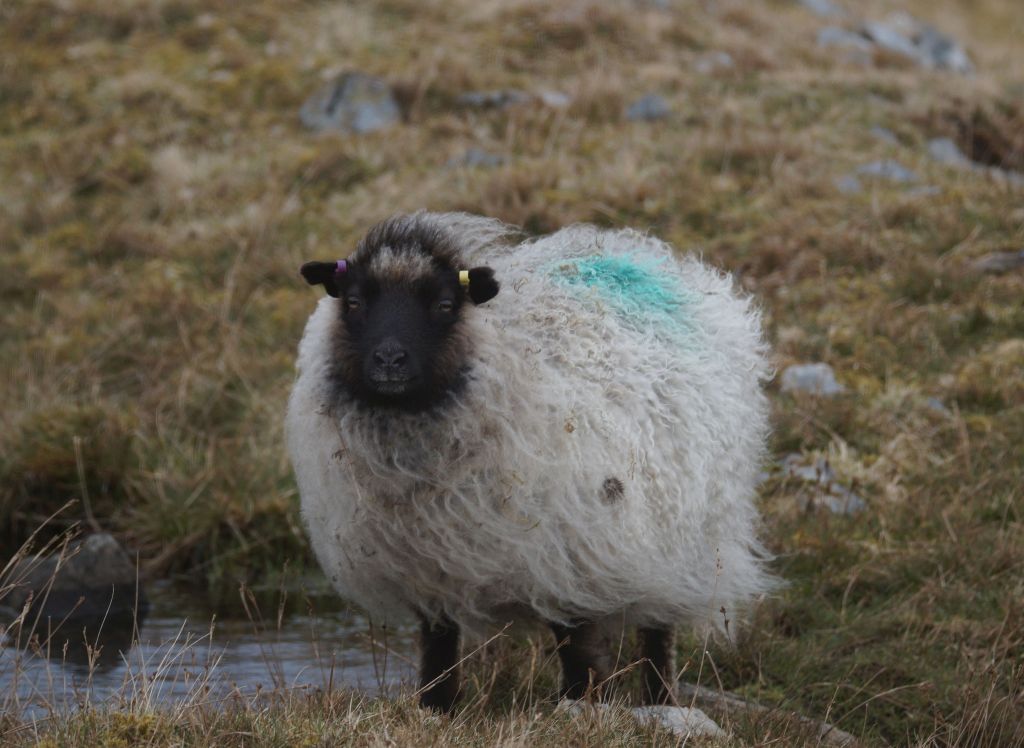
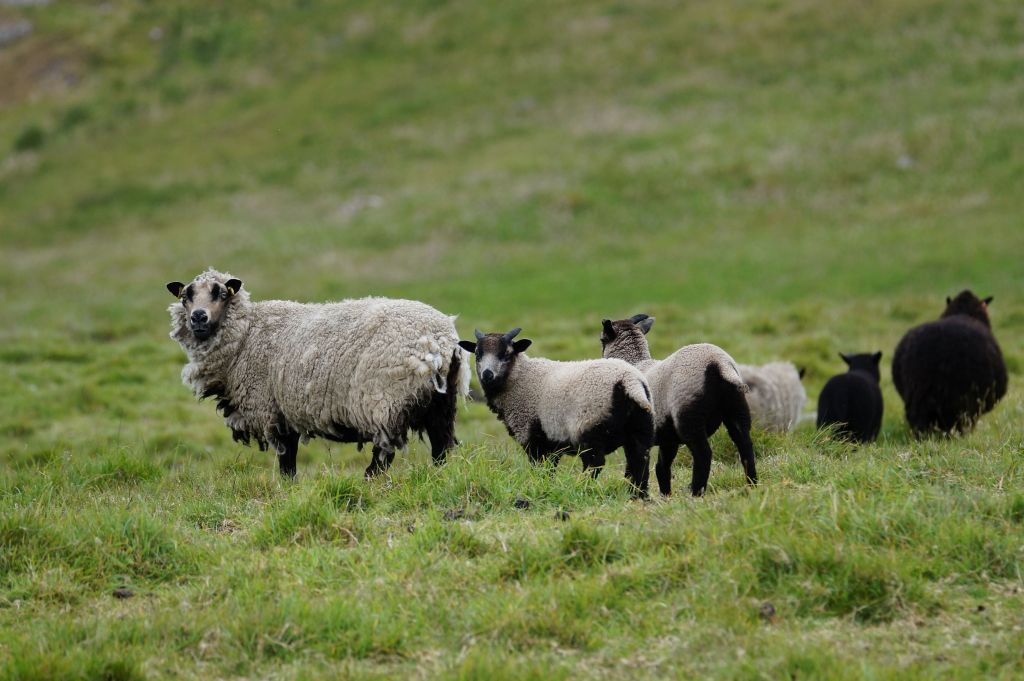
When I started judging wool in the 1970s Benji was one of the more senior wool judges I was paired up with as I was very inexperienced in judging fleece. Benji would always be on the lookout for kemp which is mostly a short brittle fibre which does not take the dye I have never seen this in pure Shetland fleece only cross bred sheep. I never saw any sign of kemp in Benji’s “peerie” (small) Blue/Grey fleece which he sold to us which was always of very good quality. I can only speculate however looking at his records it would appear that “ Benji” started supplying Shetland sheep to U.K. mainland breeders in the early 1970s could it have been at that time that these breeders with a lack of knowledge of Shetland sheep and their attributes it could be that kemp was being confused with the white fibre sometimes found in grey and black fleece. This white fibre often was prevalent in Shetland black fleece and was pointed out to me at agricultural shows by some of the older crofters who specialised in breeding Shetland coloured sheep.
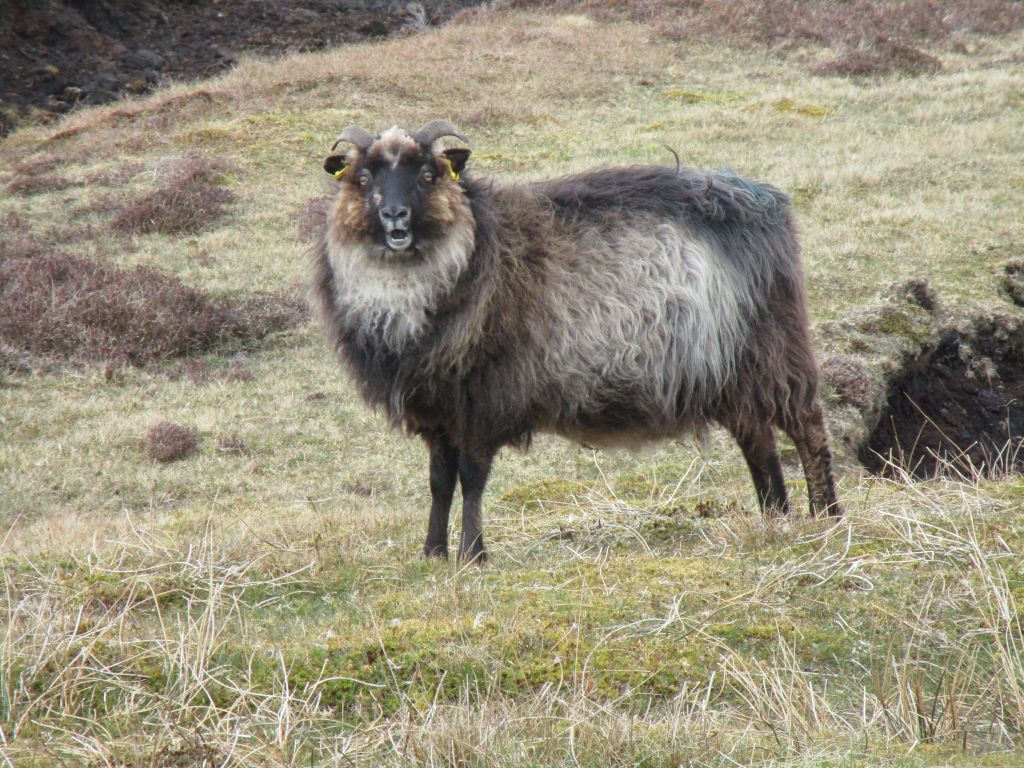

Nowadays thanks to science and in particular genetics there is a better understanding of how these various shades and coloured markings have evolved. I have often asked sheep breeders how these unusual shades come about the answer usually is it’s a throwback from the past. This summer I was fortunate to meet up with Irina Bohme a molecular biologist she worked with state-of-the-art DNA- sequencing methods, she explained her interest and work in sheep colour genetics Irina is also a sheep breeder, the old Nordic breeds is amongst her favourites. I admitted I was struggling to understand how genetics worked, and in order to help me understand she gifted me a copy of the book, Coloured Sheep a colour genetics primer, which I am now trying to understand. The book was written by Irina and Saskia Dittgen who is also fascinated with colour genetics; she also breeds pedigree Shetland sheep.
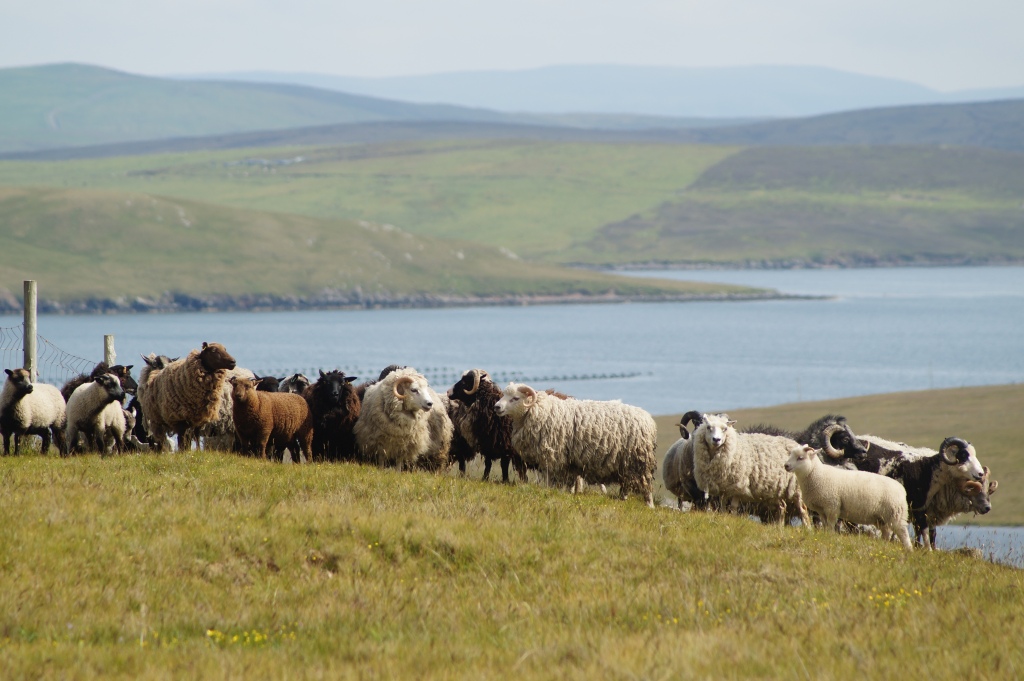
I am sure that this modern scientific research into coloured sheep and wool would have been of great interest to “Benjie”, I would like to thank the Hunter family once again for the images and the use of his records and writings.
